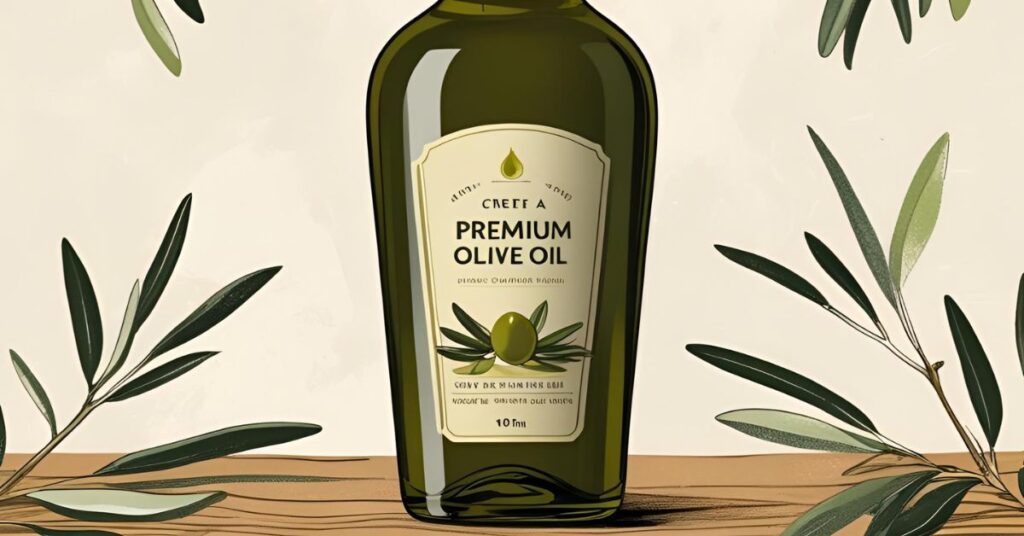
How to Create a Premium Olive Oil

How to Create a Premium Olive Oil : From Grove to Bottle
In a world increasingly conscious of quality and provenance, premium olive oil has become more than a kitchen staple—it’s a craft, a story, and a testament to tradition. Whether you’re an aspiring producer or a culinary enthusiast curious about what goes into that golden bottle, this guide walks you through the process of creating premium olive oil that rivals the best on the market.
1. Start With the Right Olive Variety
Not all olives are created equal. The flavor, aroma, and oil yield depend heavily on the olive cultivar. Popular premium varieties include:
- Arbequina (Spain): Smooth and fruity
- Koroneiki (Greece): Peppery and robust
- Frantoio (Italy): Balanced and complex
- Picual (Spain): High in antioxidants, bold flavor
Tip: Choose a variety suited to your region’s climate and soil (terroir). A local agricultural extension office can help you make the best selection.
2. Nurture the Trees With Care
Premium oil starts with healthy trees. Employ sustainable and organic farming practices:
- Use organic fertilizers like compost and cover crops
- Practice proper irrigation—too much or too little affects fruit quality
- Monitor for pests and disease using integrated pest management (IPM)
Timing is everything: Olives should be harvested when they’re at their peak—typically early in the season when green and just beginning to ripen for a more intense flavor and higher antioxidants.
3. Harvest Quickly and Gently
Speed and care are critical. Premium olive oil is made from olives harvested and pressed within hours—ideally within 6–12 hours.
- Hand-picking or using gentle mechanical harvesters reduces bruising
- Avoid letting olives sit in piles, which accelerates fermentation and oxidation
Rule of thumb: The less the fruit is damaged, the better the oil.
4. Mill Immediately at Low Temperatures (Cold Pressing)
The milling process determines much of the oil’s final character:
- Cleaning: Remove leaves, twigs, and debris
- Crushing: Traditionally done with stone mills; modern methods use stainless steel hammers
- Malaxation: Slowly churn the olive paste for 20–30 minutes at temperatures below 27°C (80°F) to encourage oil separation without losing aroma
Cold pressing preserves flavor, color, and nutrients.
5. Extract and Filter With Precision
After malaxation, the oil is separated from water and solids:
- Use centrifugation (preferred in modern mills) for high-quality yield
- Avoid excessive heat or pressure, which degrades quality
- Filter the oil to remove impurities that can cause spoilage
Some artisanal producers prefer unfiltered oils for a rustic profile, but this shortens shelf life.
6. Store and Bottle With Care
Exposure to light, heat, and oxygen can destroy premium olive oil’s delicate flavor and health benefits.
- Store in stainless steel containers with nitrogen gas to prevent oxidation
- Bottle in dark glass or tins to block light
- Keep bottles sealed tightly and stored at 15–20°C (59–68°F)
Pro tip: Add a harvest date to the label—educated consumers look for freshness.
7. Test and Certify for Quality
Premium olive oil is defined not just by taste but by chemistry:
- Free acidity: Should be below 0.8% for extra virgin designation
- Peroxide value: Indicates oxidation; the lower, the better
- Polyphenol content: Higher levels indicate greater health benefits and shelf life
Third-party certification (e.g., COOC, DOP, PDO) builds trust and opens doors to premium markets.
8. Build a Brand Story
What sets your olive oil apart? Your grove’s location, your farming philosophy, or your family’s tradition?
- Highlight your values (organic, sustainable, regenerative)
- Tell the story on your label and website
- Offer tasting notes, food pairings, and harvesting details
Premium buyers aren’t just buying oil—they’re buying an experience.
Final Thoughts
Creating a premium olive oil isn’t just a process—it’s a passion. It’s about respecting the land, the fruit, and the centuries-old traditions while embracing modern techniques for quality and sustainability. From tree to table, every step matters.
If you’re thinking of starting your own premium olive oil line, remember: the best oils come from a blend of knowledge, care, and a commitment to excellence.